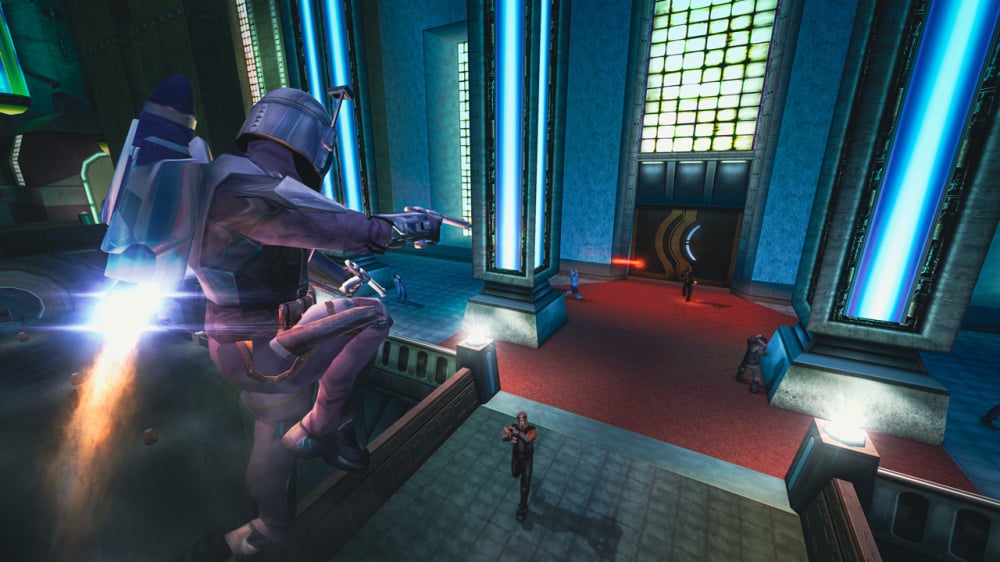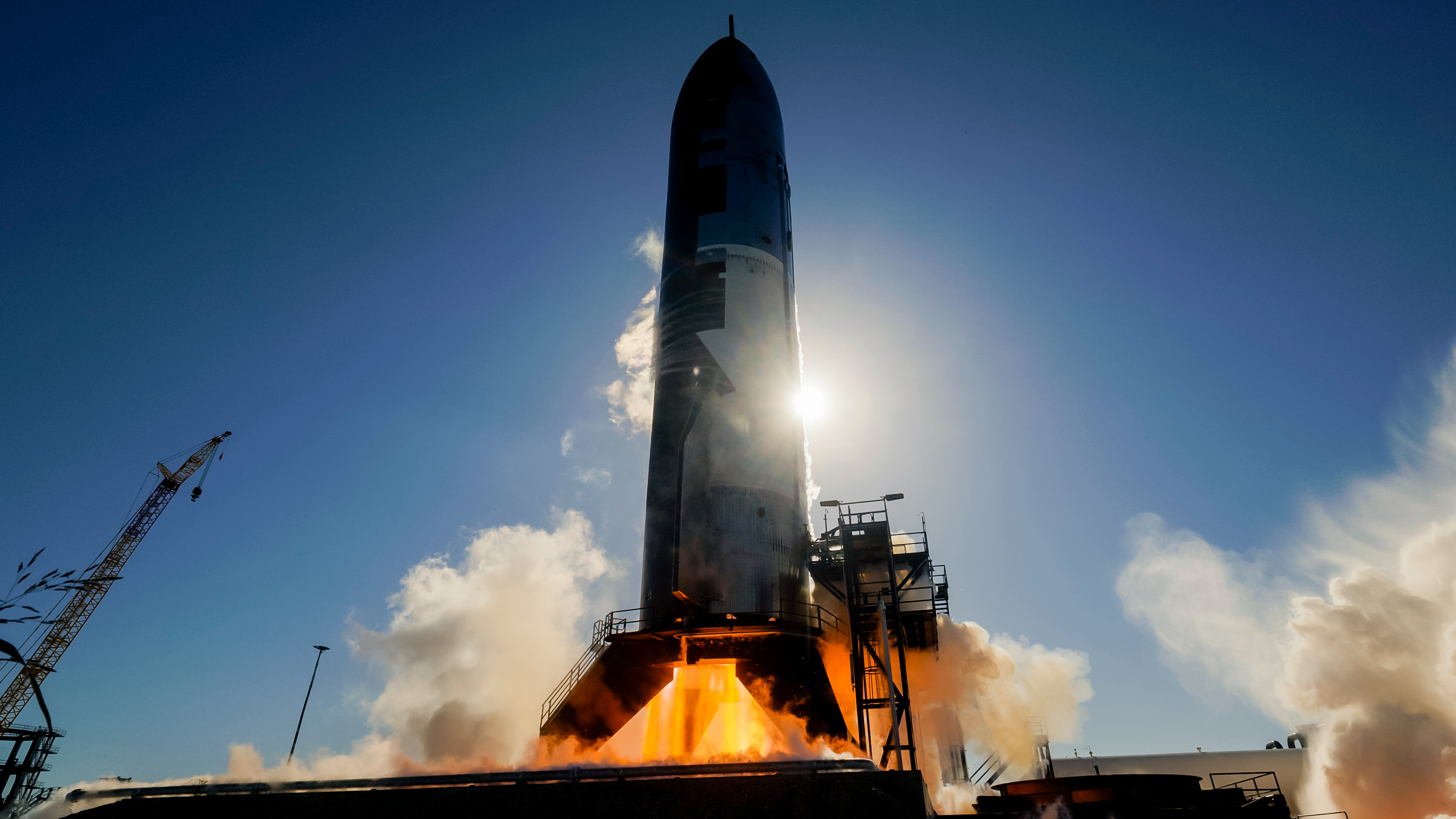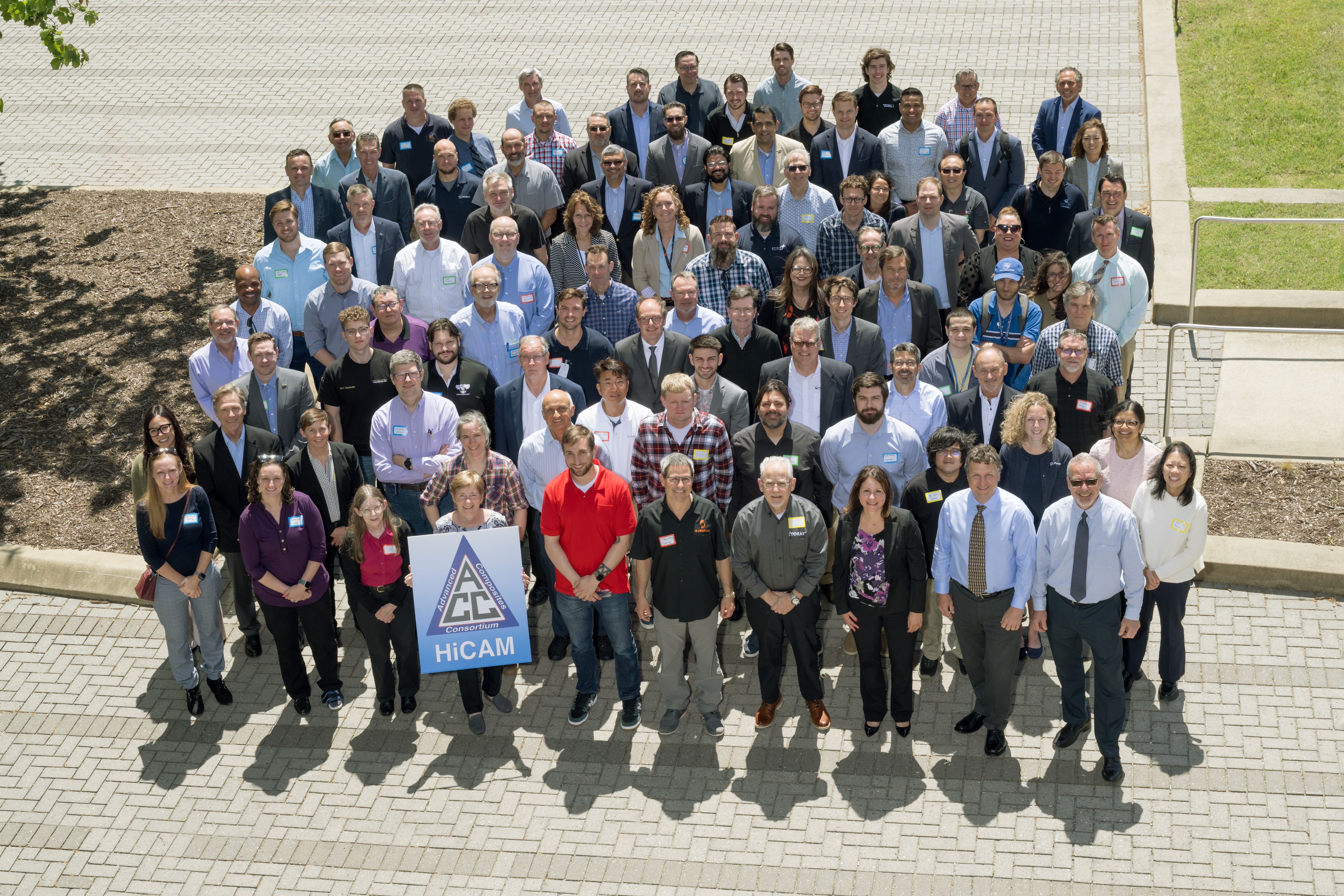2025 Ford Expedition First Drive Review: A Tougher Tahoe Fighter
The new Expedition boasts big interior upgrades and a serious Tremor off-road trim, all in hopes of dethroning the Chevy Tahoe as the top three-row SUV. The post 2025 Ford Expedition First Drive Review: A Tougher Tahoe Fighter appeared first on The Drive.

Ford has owned the full-size pickup truck space for longer than I’ve been alive, but when it comes to big SUV sales, it falls to GM every year; the Chevy Tahoe and GMC Yukon are just that popular with people who buy huge family cars. That means the three-row Expedition, unlike the F-Series pickup, isn’t the default choice. I can’t imagine Ford is all that happy about this, and I also imagine that’s why the automaker put so much work into making the new Expo this good.
It has a new adventure-vibe Tremor off-road trim that can actually wheel, a gobsmacking EcoBoost V6 powerplant that gets even more potent when you step up to the Raptor-sourced high-output version, and a cabin fancy enough to rival its Lincoln Navigator stablemate on the high-end King Ranch and Platinum trims. The Expedition plunges even further into premium territory with this big 2025 update, and based on a quick look around the internet or the streets near you, that appears to be what the people are after.
The Expedition has gone upmarket by adding features you didn’t even know you wanted. As a six-foot-five dad with three little ones myself, I found more than a few features that made me shake my head and say, “Yeah, that would make my life a whole lot easier.”

Now, whether or not that’s enough to knock the recently refreshed Tahoe off its perch is another question, but I’ll say right out of the gate that this Expedition is an improvement over the last generation. I should know, considering I own one.
The Basics
Ford is a truck and SUV brand these days, and the Expedition is the automaker’s flagship product for anyone who doesn’t need a pickup bed. In other words, it’s a huge stinkin’ deal. It’s a premier money maker for Ford and, in many cases, a status symbol for drivers who wouldn’t dare cram into an Explorer. This new-generation model knows that better than any other before it.
The 2025 Expedition’s exterior is clearly different from the outgoing look, with a new daytime running light signature that outlines the bisected headlights up front. New grille designs bring with them a lower element that’s textured on higher trims, while the front bumper cutouts house LED fog lights that are nearly hidden. It’s a lot different out back, too, as the tailgate is now split to drop down as a seat or shelf while the upper hatch opens up like normal. Those taillights also look decidedly un-Ford-like, but that’s not necessarily a bad thing.



Open the door, and the car greets you with a start-up sequence on its big screens. “Ooh, fancy,” I said out loud after seeing it for the first time. The seats are big and comfy, no matter the trim, and it feels like a super open-air space as you turn your head and look back to the third row. A panoramic glass roof certainly helps with that.
If you aren’t familiar with a screen setup like this, it’s a little strange at first. Since the gauge cluster isn’t confined to the area right behind the steering wheel, you have to take a second to observe what info is displayed on that long, relatively narrow display and where. It’s clean and unfussy as Ford didn’t try forcing too much into it, and key features like the car’s BlueCruise hands-free driving system have their own prominent home on the screen. Some of it is customizable, like the option to view the gauge layout or trip meter to the right of the speedometer, and I got used to it all fairly quickly.

The interior arguably matters most to families cross-shopping the Expedition with other three-row SUVs. A 24-inch digital display sits atop the upper part of the dash, housing the gauge cluster as well as a navigation window running native Google Maps. Ford’s design team went through a lot of trouble to make this work, even flattening the top of the steering wheel to ensure drivers can see the screen clearly. Below that digital cluster and to the right is a 13.2-inch, landscape-oriented infotainment touchscreen, replacing the old vertical display from the outgoing Expedition that only lasted a few years.
You can get a second-row bench seat or individual captain’s chairs, and as for the third row, it’s a smart 40/20/40 bench design. That means the middle seat can fold down, making it easier to store longer cargo like fly fishing rods or a snazzy Dolby Atmos sound bar. The new split tailgate is stout as well, with the bottom gate rated to support up to 500 pounds. This thing is full of party tricks inside, like a power-sliding center console that moves the cupholders closer to the back and reveals a gallon-jug-sized compartment up front, but those are the basics.





Driving Experience
I was worried it might take me longer to get familiar with that squished steering wheel. Not only is the shape oblong, but there are only two buttons on it that always do the same thing. The others are faceless and can perform multiple functions, like controlling volume or adjusting the tilt and telescopic wheel as well as pedal positioning. This bothers me on principle alone, though I won’t die on that hill. I was pretty familiar with it by the time everything was said and done.
That’s partially because the Expedition’s newly available BlueCruise 1.4 hands-free driver assist system allowed me to play around with everything a lot. I could engage the system for an easy 15 to 20 minutes at a time on the highways around Louisville, Kentucky, without having to take control. Don’t get me wrong—it’s a Level 2 system that constantly monitors your eyes to make sure you’re still paying attention, and it will disengage if it decides you’re goofing off too much. That safety feature was consistent for me, but appeared to be less solid for other drivers on this particular press event, for whatever reason.

BlueCruise totally makes sense in a car like the Expedition, given its ethos. It attempts to make your daily drives less taxing, and in my experience, it works. It ate up highway miles like nobody’s business, using the EcoBoost’s punchy acceleration to either glide or gallop past slower cars ahead without ever feeling frantic. Ford knows what it’s doing with these turbocharged V6s, to the point where they’re just straight-up better than a big V8 in terms of smoothness.
Ford keeps it simple with the powertrain options: Every Expedition comes with a twin-turbo, 3.5-liter V6 and a 10-speed automatic transmission. Most come with a standard-output engine making 400 horsepower and 480 lb-ft of torque, though a high-output version making 440 hp and 510 lb-ft of torque is available on Platinum and standard on the new Tremor trim. The latter combo helps the big brute scoot like nobody’s business.
That shows off-road, too, as we took the high-output Tremor out wheeling around Indiana’s Interlake State Recreation Area. It’s so different from the Platinum we drove to the park, what with its 33-inch General Grabber tires; as you’d expect, they grip a lot better than the Michelins that wrap around the Platty’s 24-inch rollers. The Tremor is just a completely different vibe.
We lined up behind our group leader and proceeded to Trail 5, a BF Goodrich award-winner that, importantly, was not custom-built to show how the Expedition Tremor performs off-road. It had rained for most of the week before we arrived, and in some spots, the route was a complete slosh pit. Big rocks made it bumpy, though I’d hesitate to say ridiculously so. And anytime you had a second to stop, you could look up through the pano roof and see the old-growth forest overhead. That’s one of those experiences you just don’t think of simply comparing spec sheets.
The Expedition Tremor is a mighty beast in the bogs, but you’re always aware of how big it is. Whether you’re staring intently at your mirrors and 360-degree camera to make sure you won’t clip that tree as you turn or sliding through the mud because it weighs nearly 6,000 pounds with two people in it, you never forget its size. But, of course, that’s the price you pay for accommodations as generous as this.

No matter which Expedition I got in—an entry-level Active, a highfalutin Platinum, or a mountain-climbing Tremor—it was good. That’s important because all too often, car companies paywall the features you really want behind pricier trims. Sure, you won’t get massaging seats or all the off-road skid plates on a base model, but you still get the same core driving experience with most of the same tech that leaves you feeling like you got something for your money. As a parent (and really just as an adult in general), I’m here to tell you that’s important.
Ford Expedition Features, Options, and Competition
There’s no escaping it: The 2025 Expedition costs a lot of money. It starts at $63,995 for the Active, which is about $6,000 more than the old base model. Adding 4×4 to that trim costs $3,000, but it’s standard on every version above it. The Platinum kicks off at $76,425, and interestingly, it can be optioned to a higher price—around $95,000—than the Tremor and King Ranch despite their respective starting points of $83,025 and $85,650. Make any of those an extended-wheelbase Max and expect to pay an additional $3,000.
The 2025 Chevy Tahoe and GMC Yukon—long-reigning royalty in the three-row, body-on-frame SUV segment—come in at $61,195 and $69,395 before going way up from there. A top-trim Tahoe High Country can be optioned to $95,000 and some change, too, making it a pretty direct competitor to an Expedition Platinum. There are some key differences, including the Chevy’s air suspension that the Ford doesn’t offer, but you can clearly tell they were meant to compete with each other.
And to round it out with Detroit’s Big Three, a new Jeep Wagoneer is $62,040 on the low end, with a ceiling of around $85,000 before you step up to the more premium Grand Wagoneer.

The Early Verdict
It would be wrong of me to say that value doesn’t matter to families needing a big SUV. For obvious reasons, like budgeting monthly expenses that determine whether you vacation to the Bahamas or Buc-ee’s, value is important. But this segment of buyer is more willing to pay up for what they want than just about anyone outside of sports car customers. That means the 2025 Ford Expedition simply needs to be more attractive than the rigs it competes against.
I’d argue that it is. Of course, I own the last-gen, and I intentionally bought it over a Tahoe so you can see which is more my taste—or, maybe more accurately, my wife’s. I’m not sure that this Expedition will be the one to dethrone the GM twins because that’s a mighty big job, but it could be the one that turns the tide in Ford’s favor.
I just can’t buy one yet. I’m still paying off the one I got.
| 2025 Ford Expedition Specs | |
|---|---|
| Base Price (Tremor/Platinum as tested) | $63,995 ($83,025/$90,990) |
| Powertrain | 3.5-liter twin-turbo V6 | 10-speed automatic | four-wheel drive |
| Horsepower | SO: 400 @ 5,200 rpm HO: 440 @ 5,400 rpm |
| Torque | SO: 480 @ 3,300 rpm HO: 510 lb-ft @ 3,300 rpm |
| Seating Capacity | 7 or 8 |
| Cargo Volume | 21.6 cubic feet behind third row | 60.8 cubic feet behind second row | 108.5 cubic feet behind first row Max: 36.1 cubic feet behind third row | 75.4 cubic feet behind second row | 121.1 cubic feet behind first row |
| Curb Weight | 5,668 pounds Max: 5,794 |
| Max Towing | 9,600 pounds |
| Ground Clearance | 10.6 inches (Tremor) |
| Off-Road Angles | 21.1° approach angle | 19.3° breakover angle | 23.5° departure angle |
| EPA Fuel Economy | 15 mpg city | 22 highway | 18 combined |
| Score | 8.5/10 |

Quick Take
More appealing than ever, especially in Tremor off-road trim.
Got a tip or question for the author? Contact them directly: caleb@thedrive.com
The post 2025 Ford Expedition First Drive Review: A Tougher Tahoe Fighter appeared first on The Drive.























































































